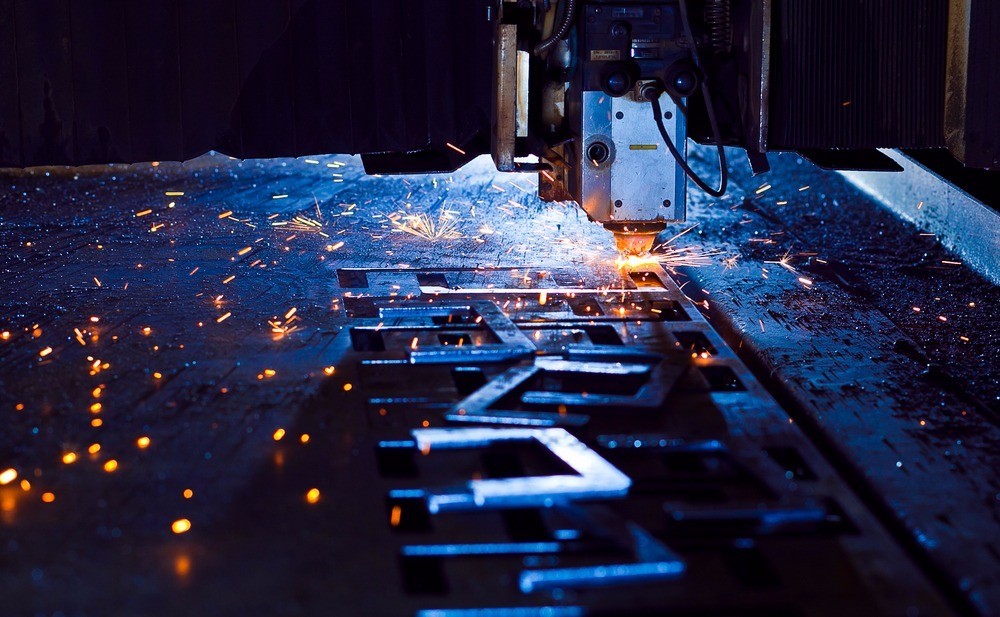As per JLL’s latest report, “India Manufacturing Reimagined: Now & Beyond’, India now stands at the pedestal of a new growth curve of industrialization, driven by technological prowess, inventive disruptions and some welcome policy changes. As such 2021 marks the beginning of deeper penetration of manufacturing. The years beyond 2021 are expected to see robust growth in manufacturing. Irrespective of several short-term challenges, increased demand from consumer and large enterprises, will support the growth of industrialization driven by strong fundamentals. Given the several advantages, built manufacturing spaces offer, very healthy growth in the space is expected in the coming 2 – 3 years. The changing dynamic of manufacturing and distribution supply chain, catalysed by the pandemic in 2020, has created a significant window of opportunity for India to emerge as a global manufacturing hub. According to an estimate by the Government of India, manufacturing has an opportunity to reach approximately 25% of its GDP, compared to 15% in 2019. “Built manufacturing spaces for leasing offers several advantages (including but not limited) to faster entry in high-end / globally comparable specifications, CapEx to OpEx conversion, easy approvals for many sectors, etc. Additionally, incentives are available under several buckets for manufacturing in such built space. In near to medium term, outlook for such flexible, fast and customised (BTS) options in manufacturing are expected to be very strong.” said Yogesh Shevade, Head – Industrial Services, India, JLL.
Manufacturing – ‘Double Engine’ Nitro Boost
While regionalization of supply chain triggered the transformation of the manufacturing sector, India further delved to strengthen its core by the ‘Atmanirbhar Bharat’ or ‘Self-reliant India’ initiative (launched in May 2020). To reduce dependence on imports and focus on existing strengths, Atmanirbhar Bharat has put India on a ‘Double Engine Growth Path’ with the engines being- Make in India 2.0 & Atmanirbhar Bharat.
In the manufacturing space, India’s primary vision is about building manufacturing competitiveness through economies of scale, reducing imports, increasing exports and boosting domestic demand.
• Economies of Scale – Creating an ecosystem and enabling environment for industrial sectoral growth not only for the larger manufacturing units but also for their ancillary and vendors.
• Reduce Imports – Conscious efforts to selectively choose sectors with high potential for domestic manufacturing and promotion of those to reduce imports.
• Increase Exports – Make necessary policy changes to make India globally competitive manufacturing destination boosting exports.
• Boost Demand – Boost domestic demand by restructuring sourcing norms/ guidance and remove policy bottleneck.
Leased Manufacturing Spaces Absorption is Gaining Strength Interestingly, demand for leased manufacturing spaces has gained strength in the country in 2020 with Gross Absorption of 6.6 million sq. ft. in top eight cities. Notably, Chennai, Pune and Delhi NCR have been in the pole positions in 2020, with nearly 3/4th of the total leased manufacturing absorption. Chennai and surrounding areas topped the chart with over 36% of absorption driven by pro-active governance, developed manufacturing ecosystem, proximity to multiple seaports, etc. Pune stood second with around 20% of manufacturing-built lease supported by strong ecosystem, organized supply and a large immediate catchment of an urban conurbation of Pune and Mumbai. Delhi NCR emerged a close third with 18% of such absorption in 2020 backed by strong manufacturing demand from sectors including but not limited to electronics & mobile manufacturing, electrical equipment, white goods, packaging. Ahmedabad, Bengaluru, Mumbai & Hyderabad have also shown strong growth trends driven by sector-specific requirements.
India Manufacturing Greenfield FDI Performance, 2020 In the regionalization battle to attract manufacturing investments, India stands out in 2020. A deeper look into announced greenfield manufacturing FDI projects in 2020, reveals that India leads the pack among MITI-V countries (Malaysia, India, Thailand, Indonesia and Vietnam) with the largest number of projects announced as well as investment committed in 2020.
The ‘Double Engine’ Nitro Boost from Make in India 2.0 and Atmanirbhar Bharat can truly be seen from a plethora of investment announcements, MoU signed and commissioned plants in India in 2020. Investments are proposed across all major sectors of focus i.e. Electronics, Renewable Energy, Auto, EV and Batteries, Electricals, Pharma, Food processing, Defense Manufacturing, Steel & Metallurgy, etc.
